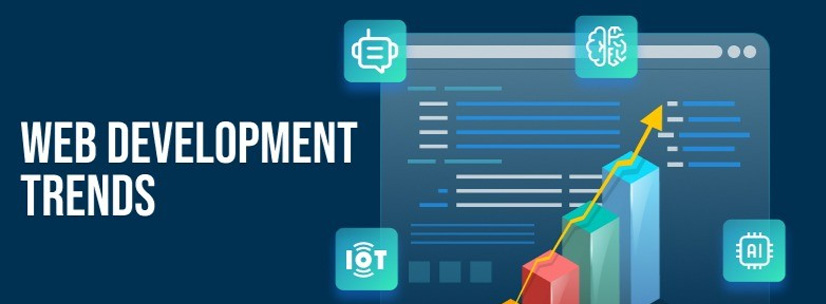As we move into 2025, web design continues to evolve rapidly, shaped by technology, user behavior, and innovation. For businesses and agencies, staying updated with these trends is no longer optional — it’s essential to remain competitive and deliver value.
One of the most impactful trends is the integration of AI-driven design tools. With platforms like Framer, Wix AI, and Figma AI assistants, designers can now automate layouts, generate design suggestions, and even predict user behavior. This not only speeds up the workflow but also ensures a more data-informed user interface.
Another trend gaining momentum is immersive experiences. Technologies like WebGL and Lottie animations are being used to build dynamic, interactive websites that respond to user actions in real time. These immersive elements help brands stand out and keep users engaged longer.
In 2025, accessibility and inclusive design are no longer afterthoughts. With stricter regulations and a growing demand for digital equity, websites must be built with users of all abilities in mind. Contrast, font sizes, keyboard navigation, and screen reader support are now core parts of the design checklist.
Dark mode, once a niche preference, is now mainstream. Modern websites offer theme toggles and personalized UI experiences based on user settings and time of day, enhancing both aesthetics and usability.
Lastly, minimalism with purpose remains a strong force. Clean layouts, ample white space, and carefully chosen typography continue to dominate, but the focus is now on clarity and content hierarchy, not just style.
In summary, web design in 2025 will be more intelligent, inclusive, and user-centric than ever before. Agencies that embrace these trends — like Sunny Bunny LLC — will deliver not just websites, but complete digital experiences that drive growth.




